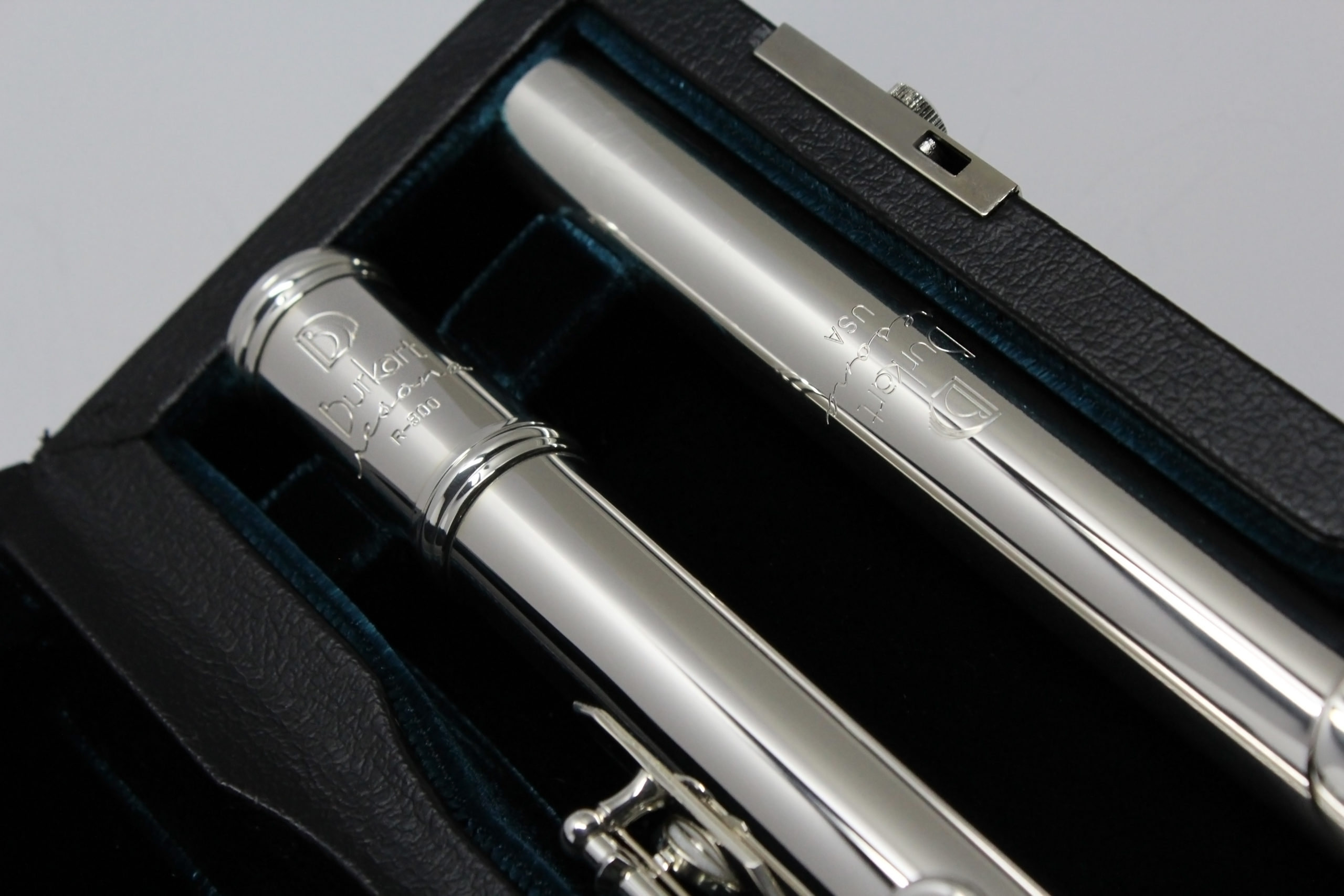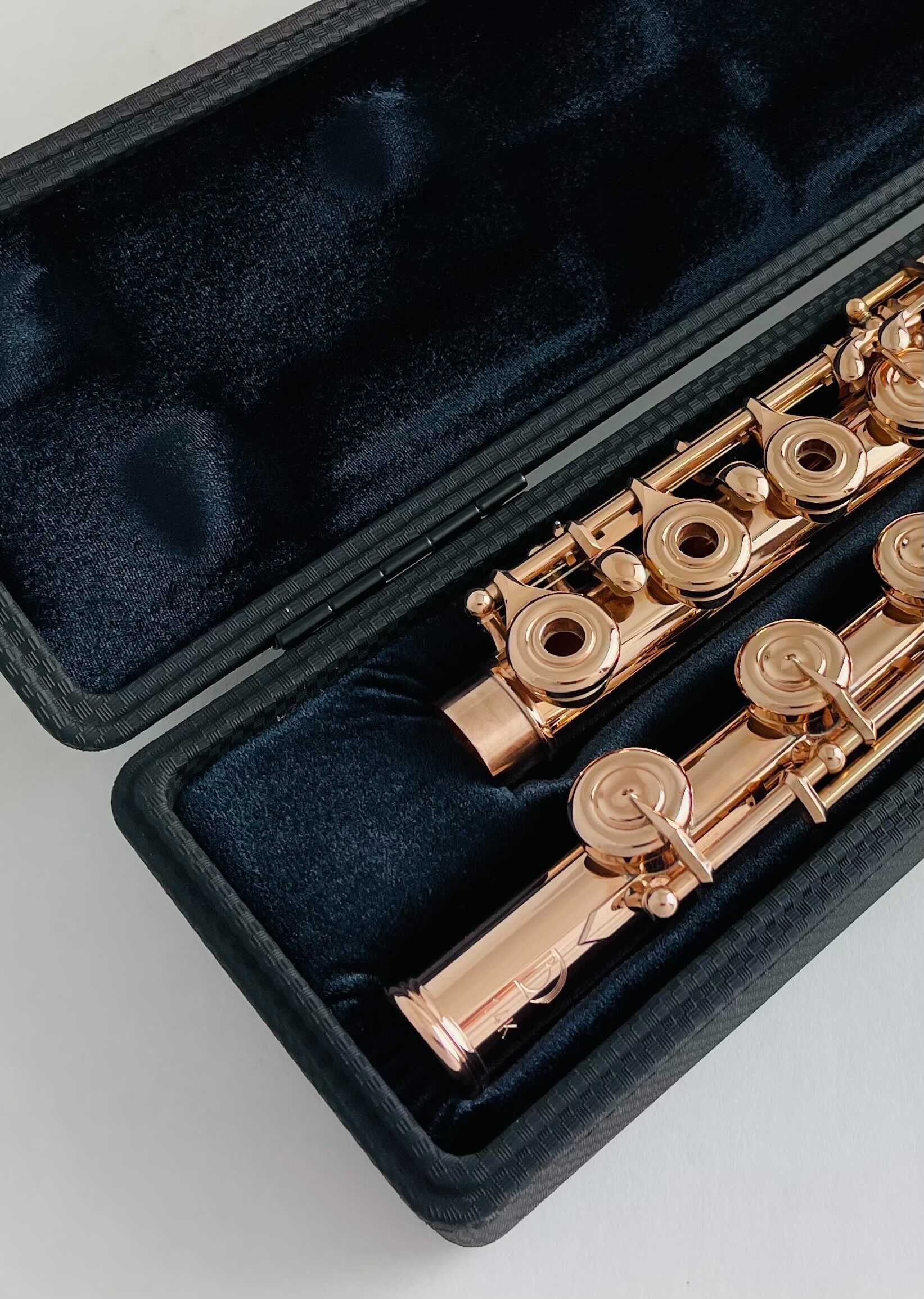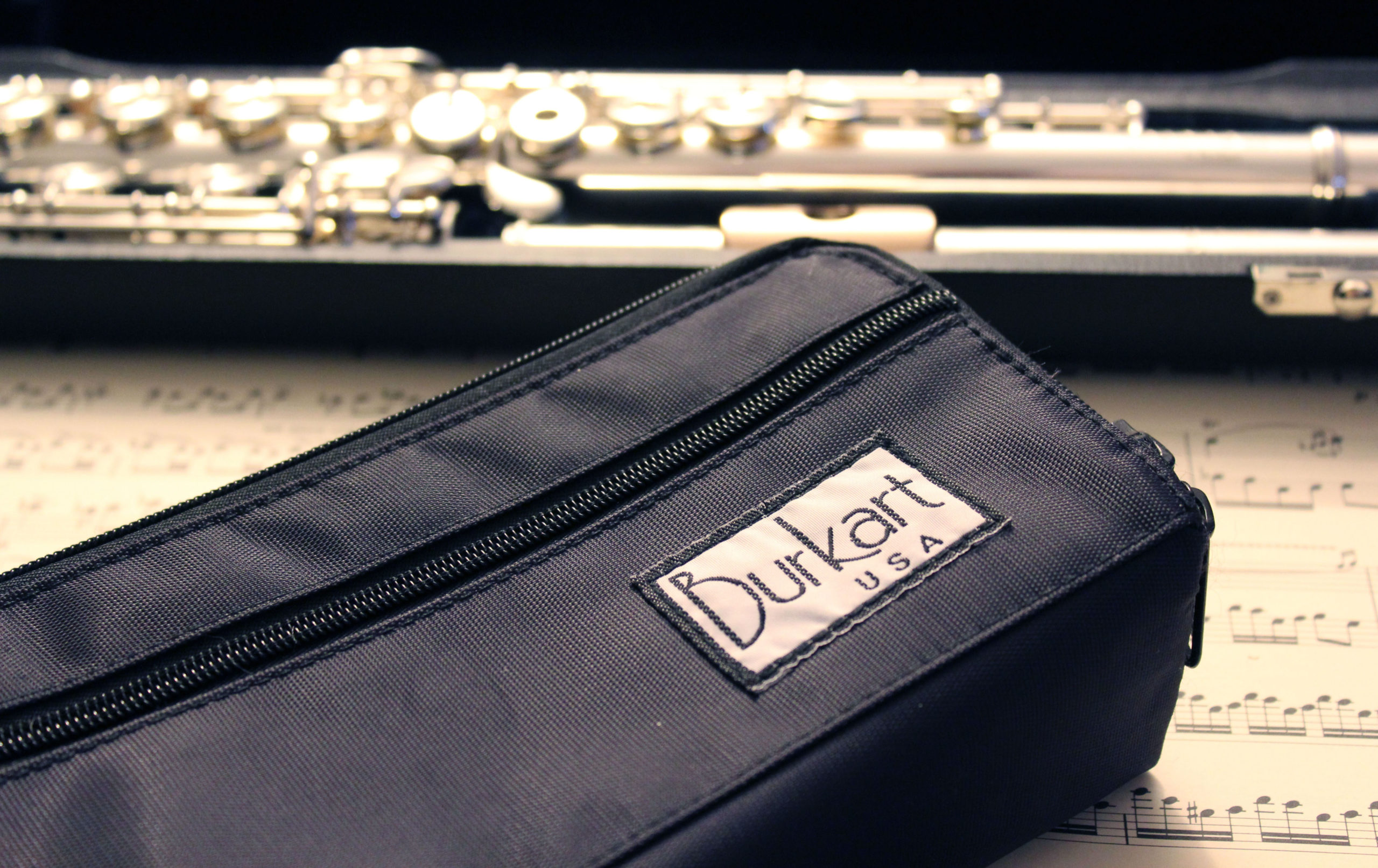When you aren’t diligently practicing flute or piccolo, where does your instrument get stored? The chances are good that you put your instrument back in its case! Today we will discuss a few important things to think about when it comes to your instrument’s case.
Why Use a Case?
Perhaps you have never considered the case that houses your flute or piccolo. Maybe your case is the original one that came when you purchased your instrument or maybe you have since upgraded to something new. Either way, the chances are good that your instrument spends more time in its case than it does anywhere else. That’s not to say that you aren’t practicing enough, but when you are transporting your instrument, walking up stairs, or simply not practicing, it is best to keep your flute or piccolo in its case to prevent accidental damage and reduce any effects that might come from the air or environment around your flute.

Proper Cleaning of Your Case
Since your instrument spends a significant amount of time in the case, it is important to keep the interior of your case as clean as possible. Think of it this way: when you are playing, any residue on your hands comes into contact with the surface of your instrument and can interfere with the function of the instrument’s mechanism. When your flute is stored, it is also coming into contact with the surfaces on the interior of the case. To clean your case, remove your flute or piccolo and clean away any lint or debris by blowing off with compressed air or lightly vacuum away any particles with a vacuum. We do not recommend using any foams, creams, or cleaning solutions as these may react negatively with the surface of your instrument. It is best to leave deep cleaning of a case to your instrument repair-person.
Proper Case Fit
Not all cases are designed to fit any type of flute or piccolo. Different brands of flutes have different dimensions, including differing lengths of tubing and different key shapes, angles, and heights. For this reason, your flute likely came with a case from the maker, specifically fitted to your flute. Often, a manufacturer may void the warranty on an instrument if it is not kept in its original case or one approved by the maker. When a case is fitted, or “blocked,” to an instrument, adjustments are made to various foam blocks and interior materials that hold the flute in place. A good case should hold the instrument securely with minimal rocking or rotating. If there is not enough space around the keys and mechanism, contact with the case interior could cause an instrument to go out of adjustment. Do not store cleaning cloths in your case by placing them on top of your instrument as this could press down on keys when the case is closed.

Here at Burkart Flutes and Piccolos, every case is custom fit to an instrument. Currently, we offer the choice between two cases: a traditional leather-wrapped wooden case, and our newest Burkart BAM Case. Both cases are approved by Burkart and provide life-long protection for your flute. If you are the current owner of a Burkart flute and would like to upgrade your traditional style case, check out the details of the Burkart BAM Case and place your order today.
More Than Just an Accessory…
A flute or piccolo case is more than just a stylish accessory- your case plays a vital role in protecting your investment for years of enjoyable play! When not in use, we recommend storing your flute or piccolo in its case to prevent accidental damage. Should you have concerns about the fit of your case, talk to a qualified repair-person. They may be able to modify your case to improve the fit and ensure that it is holding your instrument securely, or they may recommend a different case for your flute or piccolo. If you would like to discuss case options for your Burkart flute or piccolo, contact our specialists at Burkart!

